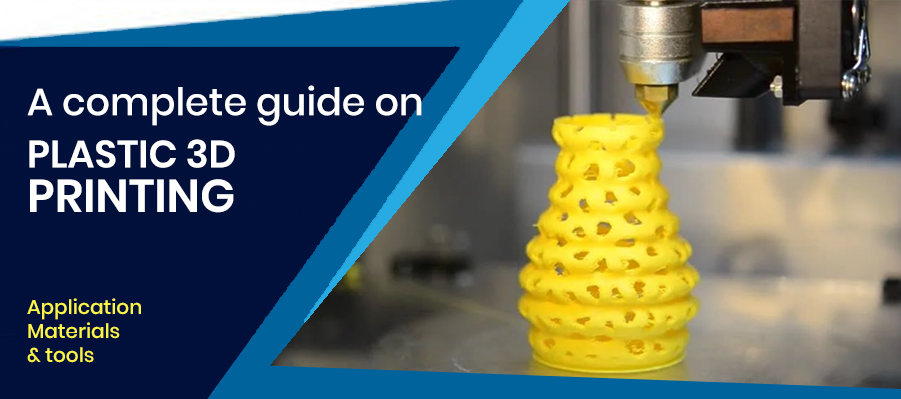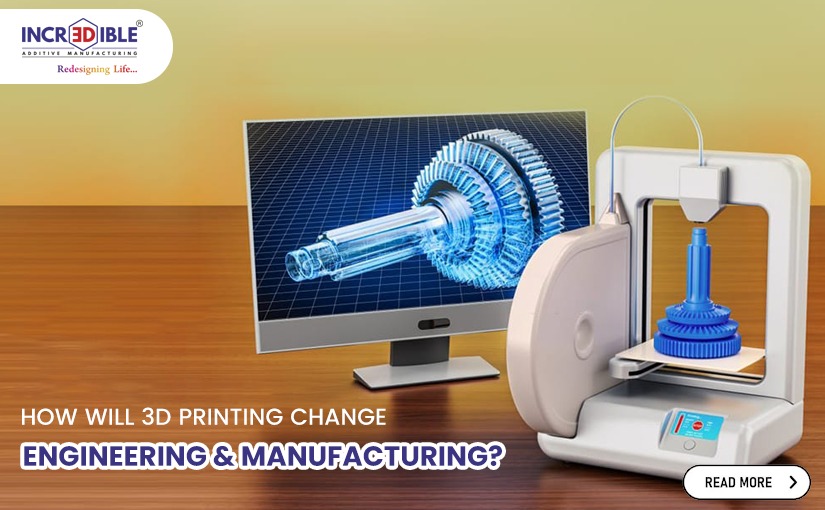Various techniques and technologies are included under the umbrella term 3D printing, which encompasses a wide range of capabilities for the manufacture of parts and products in a wide variety of materials. All of these techniques and technologies have one thing in common: they are all additive processes, as opposed to traditional subtractive procedures or moulding/casting processes. Every day, new applications for 3D printing are being developed, and this trend is only going to continue to grow as this technology continues to permeate deeper and wider into the industrial, maker, and consumer sectors.
According to the majority of reputable observers on this technology field, we are only beginning to realise the true potential of 3D printing today. Three Dimensional Printing Information (or 3DPI) is a credible media source for 3D printing. Three-dimensional printing (technologies, methods and materials), its history, application areas and benefits are the focus of this article.
Materials
Since the early days of 3D printing, the materials accessible for printing have improved dramatically. Various material types are now available in various states (powder, filaments, pellets, granules, resin).
Platforms performing particular applications require the development of materials with material properties tailored to the platform’s needs.
Plastics
Powdered Nylon, or Polyamide, is often used in sintering or FDM processes. For plastic 3d printing it has proven to be a sturdy, versatile, and durable plastic material. White by nature, it can be coloured before or after printing. Combining powdered tungsten carbide with powdered aluminium results in Alumide, a common 3D printing material for sintering.
3D incredible AM Pvt. Ltd. with entry-level filaments commonly use ABS, which is also a typical 3D printing material. It is a very robust plastic that is available in a wide spectrum of shades.
For industrial plastic 3d printing, a rising number of metals and metal composites are being employed as building blocks. Aluminized and cobalt-based derivatives are the two most frequent types of metal derivatives.
Stainless Steel in powder form for the sintering/melting/EBM processes is one of the strongest and hence most widely used metals for plastic 3d printing. When coated with other materials such as gold or bronze, it takes on the appearance of gold or bronze.
The plastic 3d printing has gained gold and silver in recent years, with obvious uses in the jewellery industry. It is important to note that both of these materials are quite robust and are processed into powder form.
Metal:
Metal powder is used in nearly all 3d metal printing methods. No matter if it is utilised as a raw material or as a filament, it is an essential ingredient in the additive manufacturing process. Due to this, the availability of 3d metal printing materials in additive manufacturing is nearly entirely determined by the degree of ease with which powdered metal can be fused together.
Stainless Steel:
It is a popular material for 3d metal printing.
It has a high strength and corrosion resistance. A wide number of sectors and applications employ this material, from manufacturing to assistive technology.
Steels for Tools
Steels of this class are commonly employed in making tools, as their name implies. Most likely, tool steel is used in the creation of anything that cuts, stamps, moulds, or forms things. The extreme hardness of tool steels, as well as their heat and abrasion resistance, allow them to tolerate such demanding conditions in 3d metal printing.
Tools:
Computer software for creating three-dimensional models
Three-dimensional (3D) printing models are created with the help of these software applications. Other programmes are only suitable for experienced professionals.
Blender is a 3D modelling, animation, and simulation programme that has various uses. As a result of its high learning curve, this open-source software is best suited for individuals who want to construct sophisticated 3D objects.
BRL-CAD
There are several things that make it unique. Assists with ballistic and electromagnetic analyses for the US military. Ray tracing and geometric analysis tools are also included in this package.
Application:
‘Rapid prototyping’ was the inspiration for 3D printing. It was designed to speed up the early stages of product development by generating prototypes rapidly and easily. Time and money are saved at the beginning of product development, and trust is gained before production tooling begins as a result.
Today, prototyping is undoubtedly the most widely used application of 3D printing, despite the fact that it is commonly disregarded.
1. Medical and Dental
2. Aerospace
3. Automotive
4. Jewellery
5. Art / Design / Sculpture
6. Architecture
7. Fashion
Conclusion:
This advanced technology is been accepted and implemented worldwide in industries like Aerospace, Defence, Automobile and many other industries.
Incredible AM Pvt. Ltd. has been one of the pioneers in India for metal 3D printing with our state of the art plant in Pune, India.
Incredible assures you of Confidentiality, Trust & Quality which has been the hallmark of this group since 1974.Our Services for Engineering Metal 3D Printing | Plastic 3D Printing | CNC Milling | Vacuum Casting.
Our applications for engineering domain are Rapid Prototyping, Weight reduction, Topology optimization, Part Consolidation, Reverse Engineering, Conformal Cooling, Virtual Inventory/Spare Parts.




